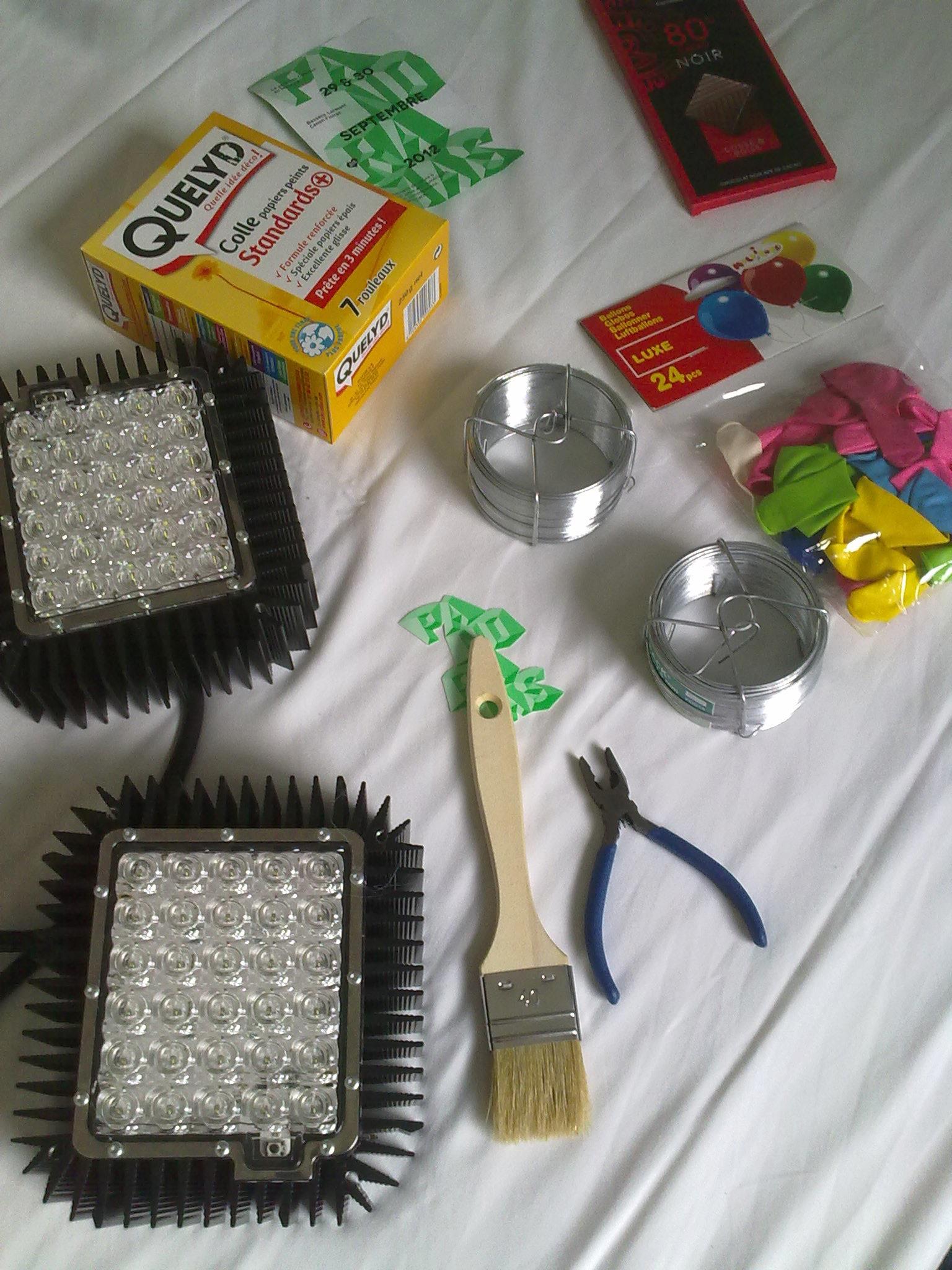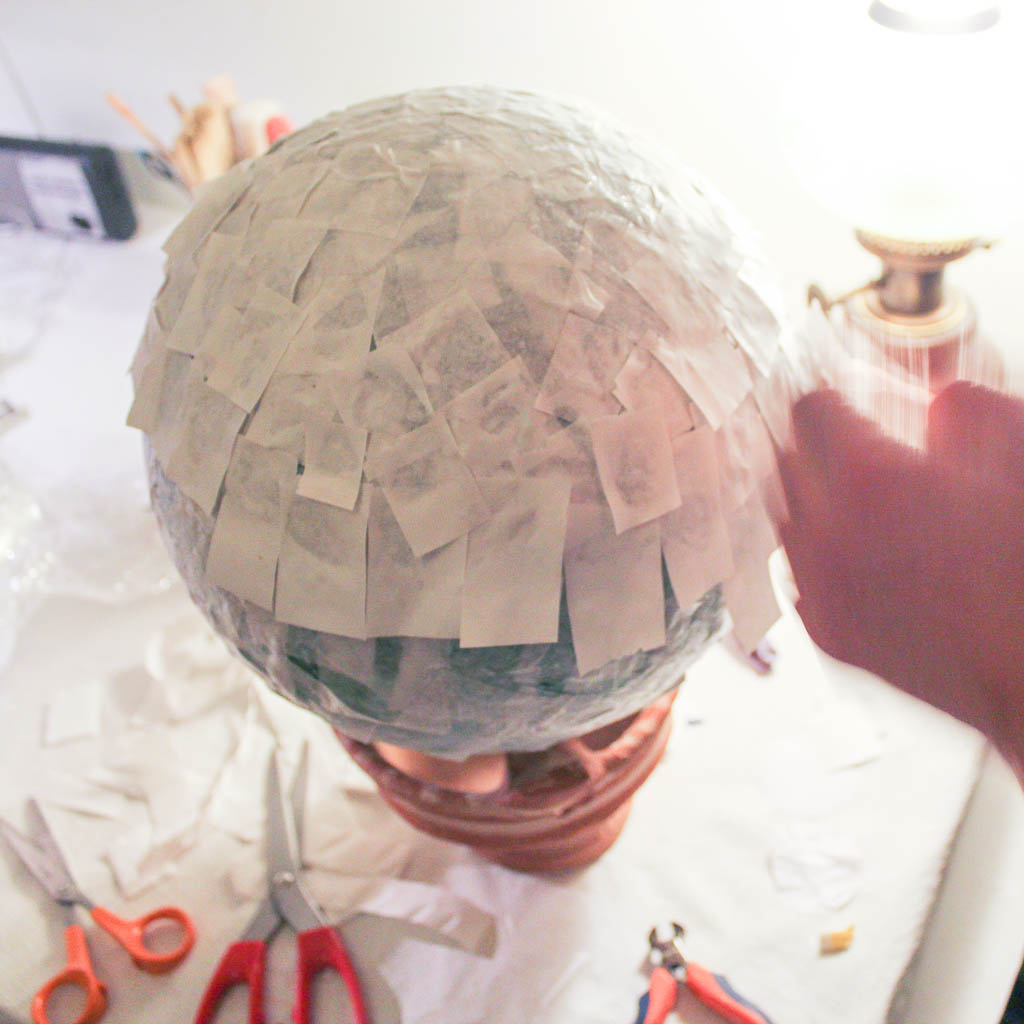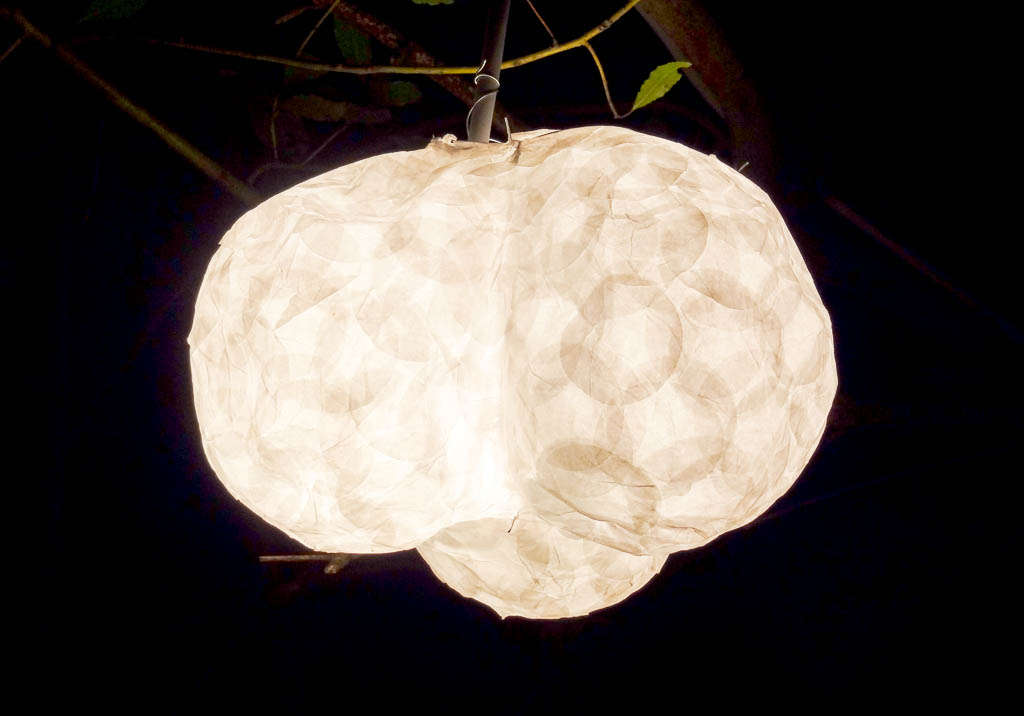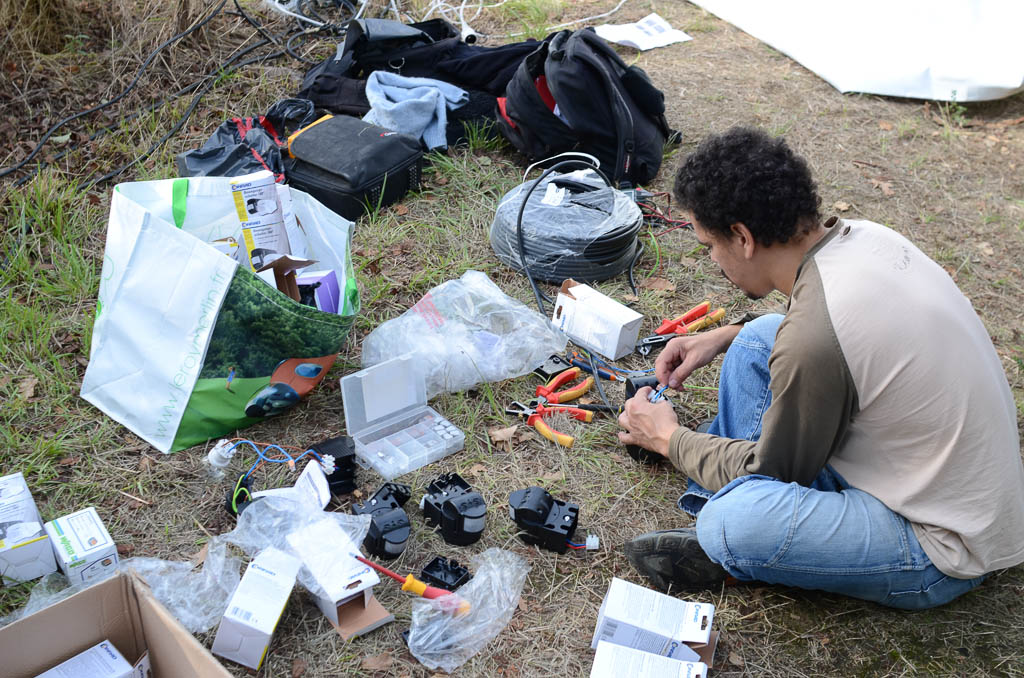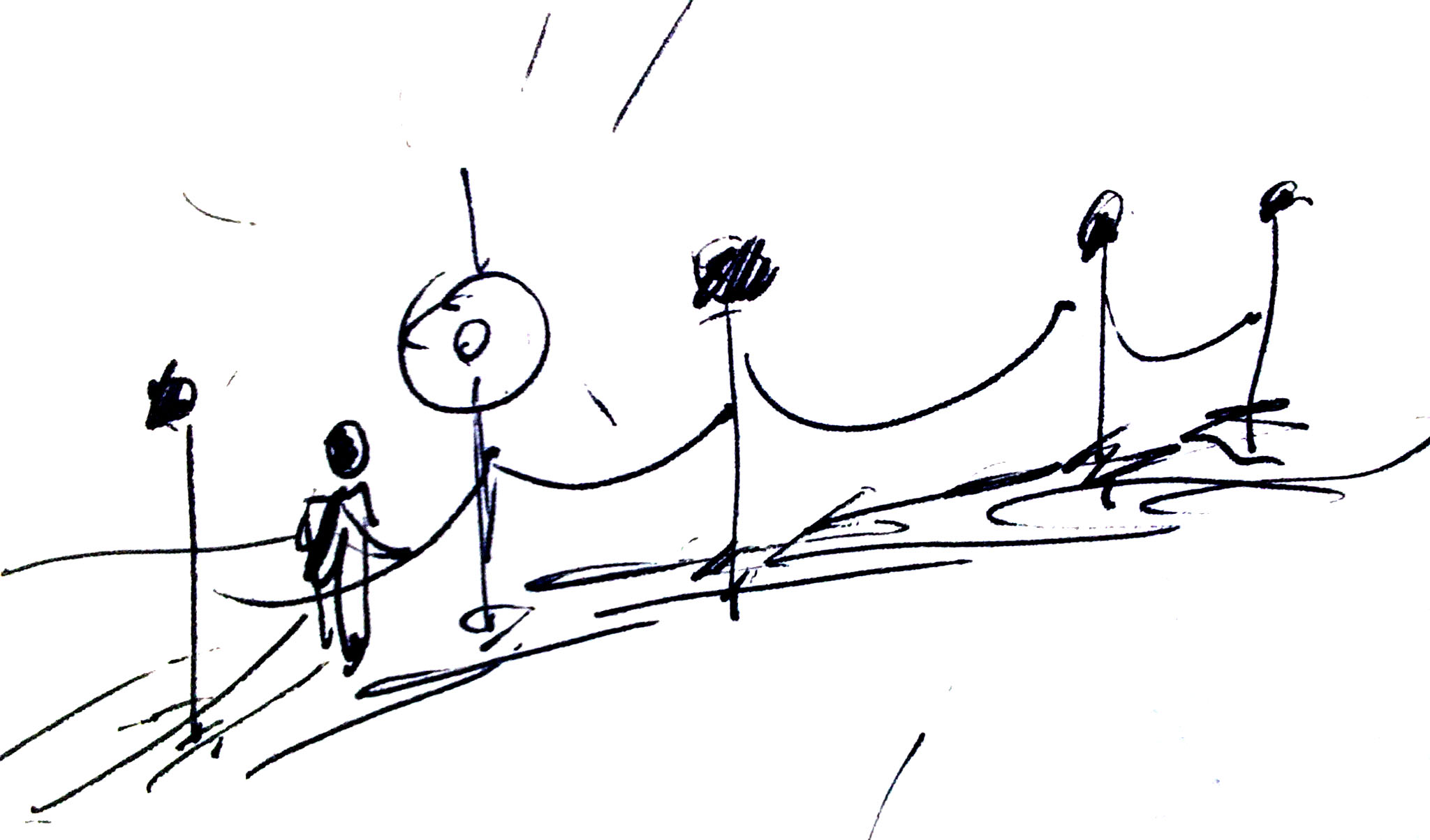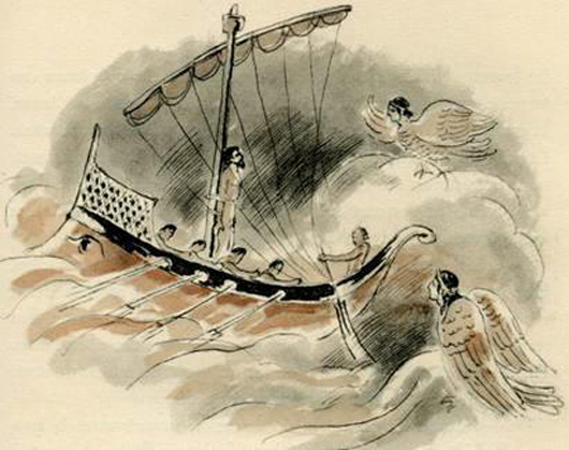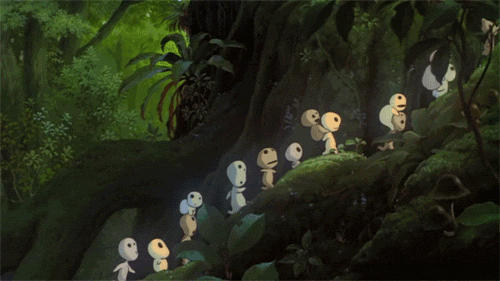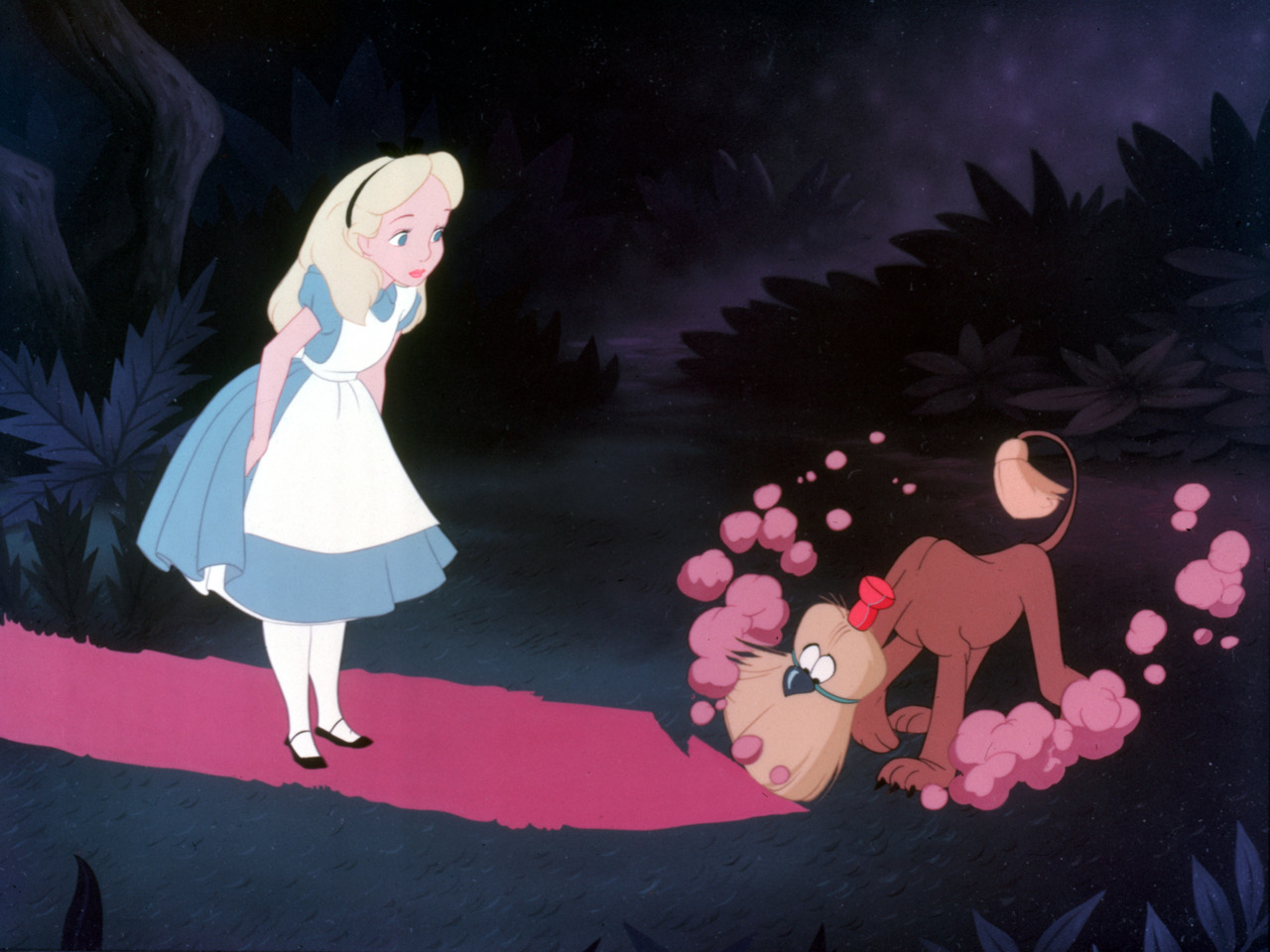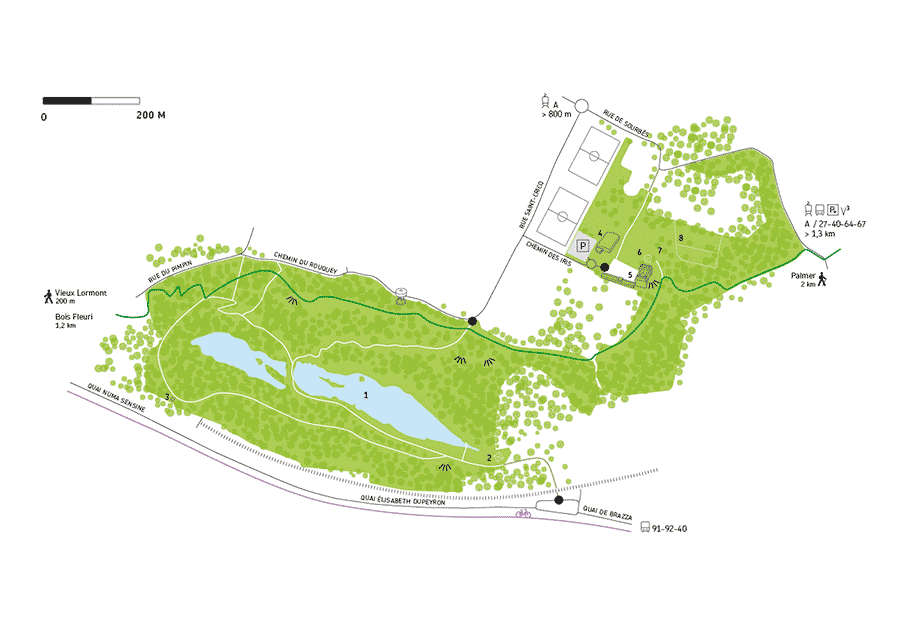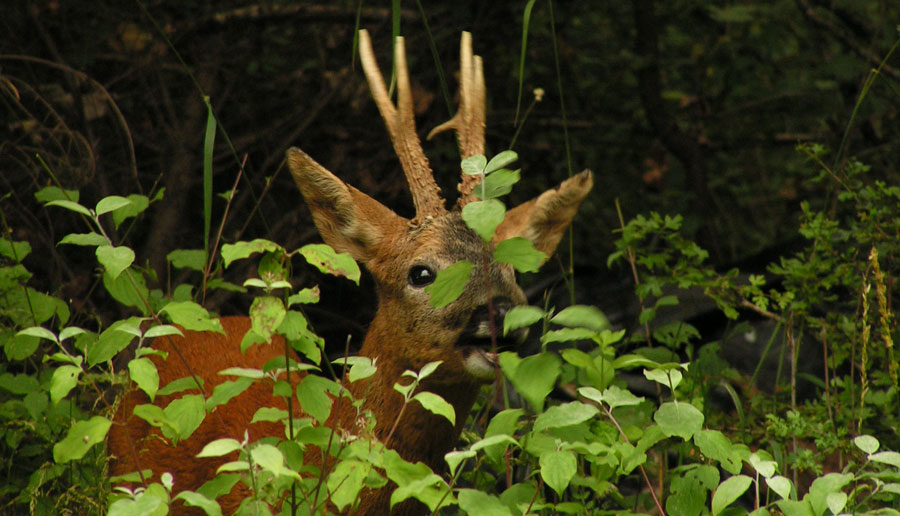Sirènes Sylvestres means Sylvan Murmaids, or Sirens from the Forest. They are materialized into interactive lights, dragging progressively wanderers into the woods. The design of such lights had to be organic and enchanting, yet to inspire a mixed feeling of trust and doubt.
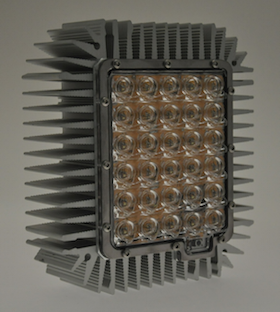
LED blocks: big, heavy, super bright, and scorching.
We had the opportunity to work with a local partner, specialized in LED streetlights. They proposed to give us 40 lights for the time of the event. The challenge was to find a way to attach massive industrial LED blocks into the trees, and to design a bunch of expressive and subtle “lampshade” for it, either easy to transport or fast to build in-situ (from the atelier in Berlin, Germany, to the exhibition in Bordeaux, France).
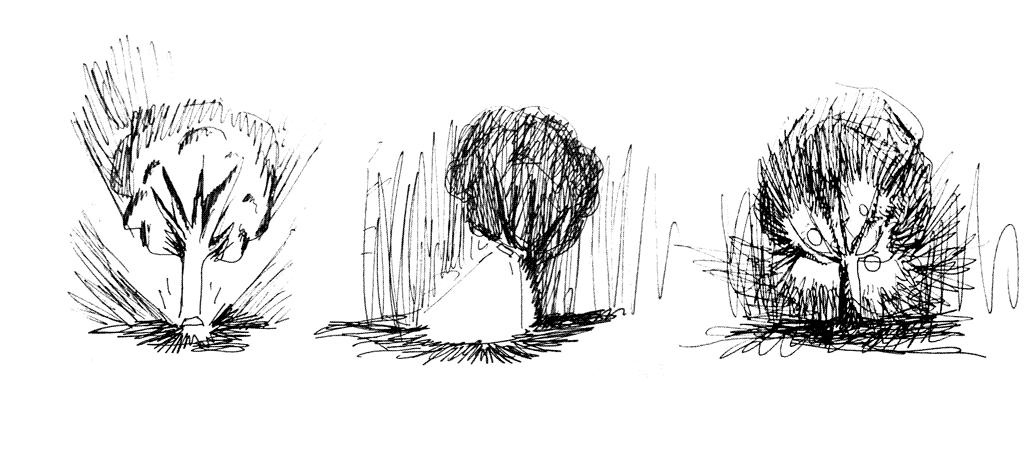
Sketches of different ways to lit trees.
My researches went on naturally lighten organic things: fireflies, glowing fishes, jellyfishes, mushrooms… Artists and designers worked on related themes: Bruce Munro and his light installations, Barry Underwood‘s works, the photographer Rune Guneriussen, and the designer Ionna Vautrin and her Moaïs lamp. Here is a collection of other aesthetic references.
-
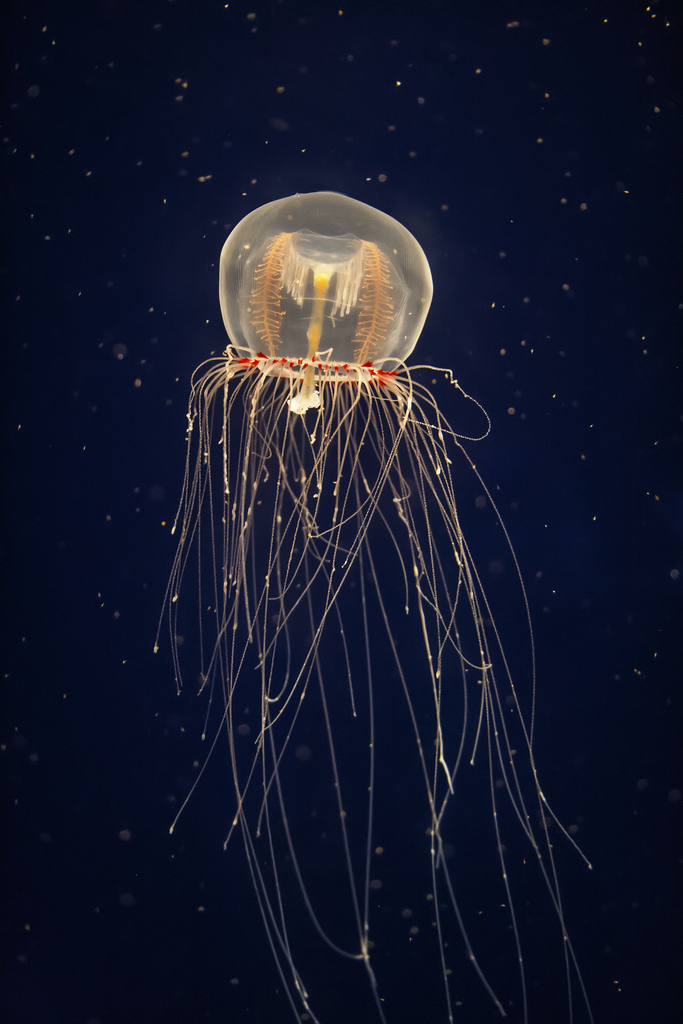
-
The Beautiful Depths by John K. Goodman
-

-
Fireflies by Tsuneaki Hiramatsu
-

-
Bruce Munro Lights
-
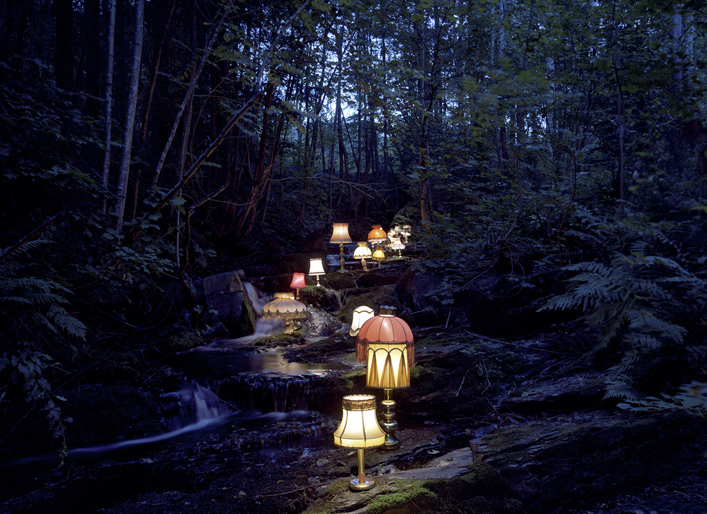
-
Evolution by Rune Guneriussen
As previously mentioned, to be feasible it had to be easy to build and or transport. Recycling objects was an interesting option, inspired by the lamp design of Rolph Sach and the photographies of Tim Walker, both fascinating and disturbing, like fairies and mermaids.
-
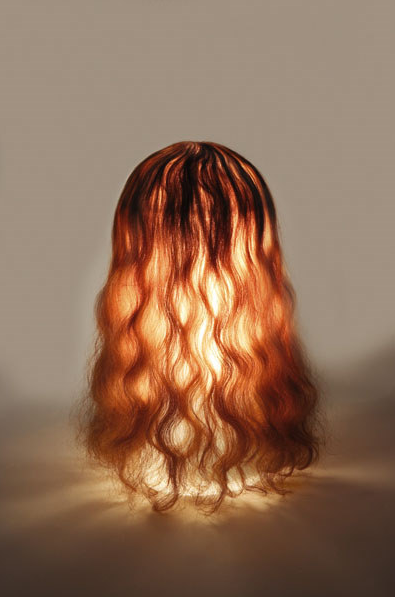
-
Rolph Sach Lamp Design
-
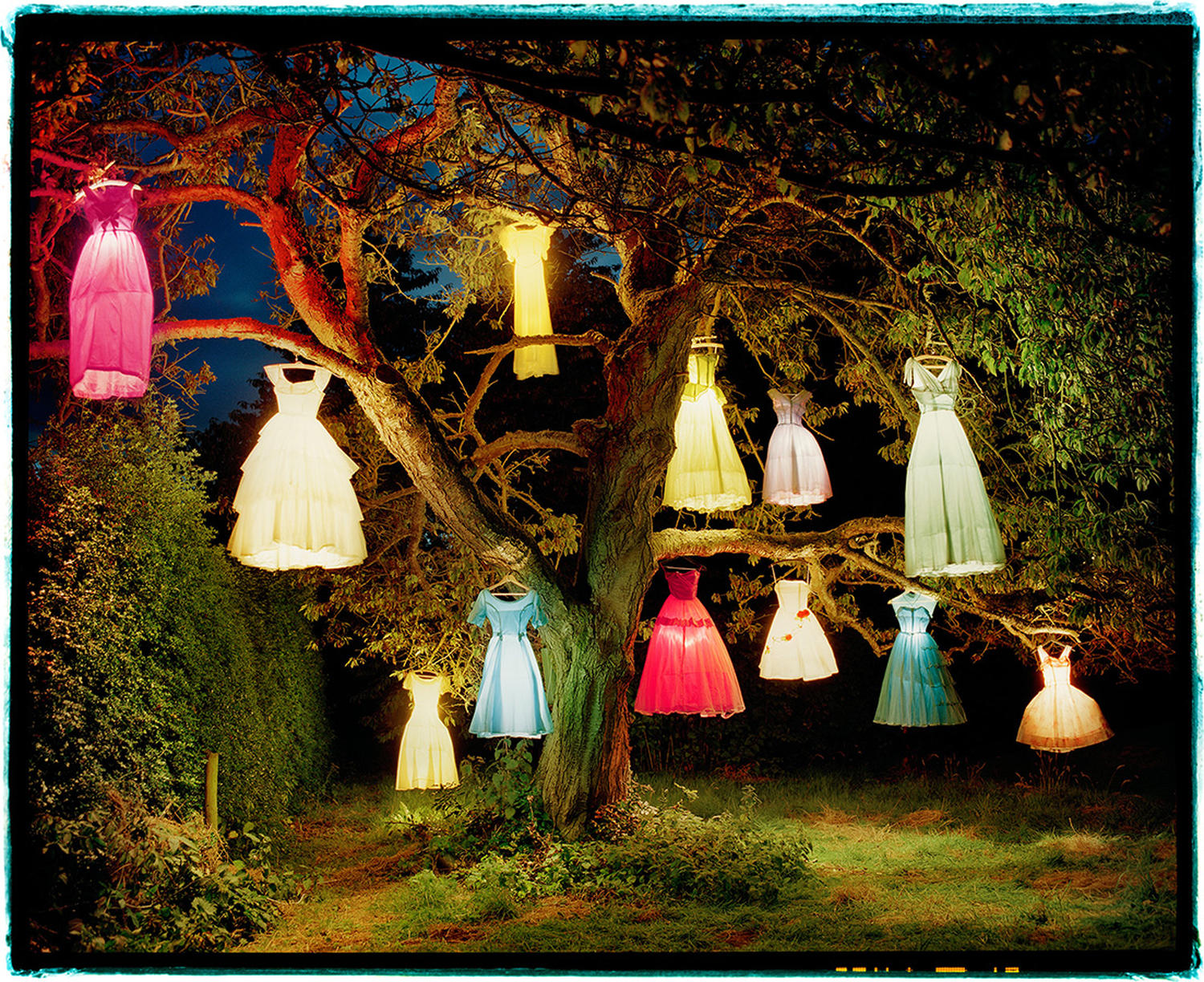
-
Tim Walker Photography
The other option was based on DIY paper lanterns. The Pulp Lamp, by the designer Enrique Romero, using papier-maché on inflatable molds, prove me it was possible to use this technique to produce ecological, easy, cheap, yet original and interesting shapes.
-
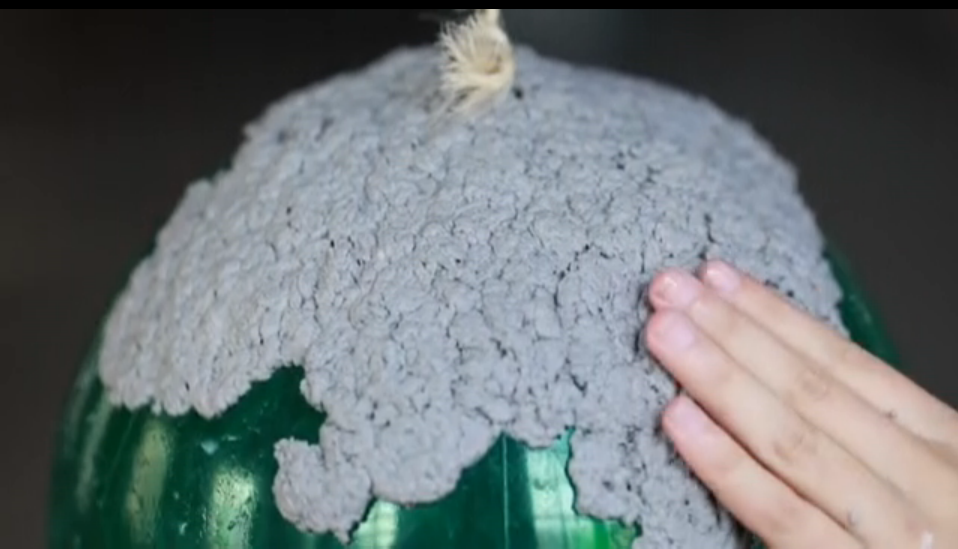
-
PulpLamp, construction process, by Enrique Romero.
Using wire structure to constrain inflated balloons, I produced shapes that evoke insect cocoon, and some weird fruits and vegetables. Covered with paper and glue, after being dried, it becames a lantern.
-

-
Euonymus europaeus
-
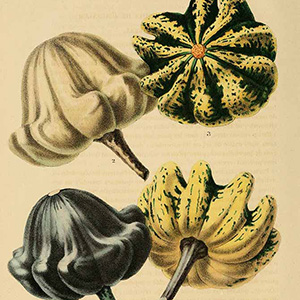
-
Citrullus colocynthis
-
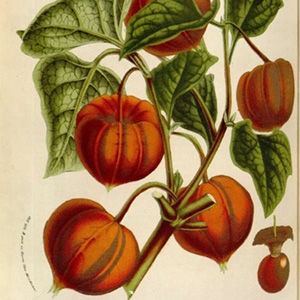
-
Physalis alkekengi
-
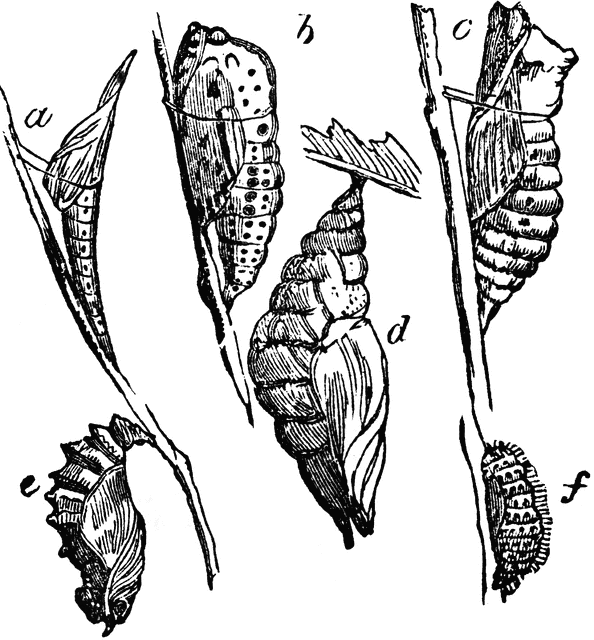
-
Chrysalids
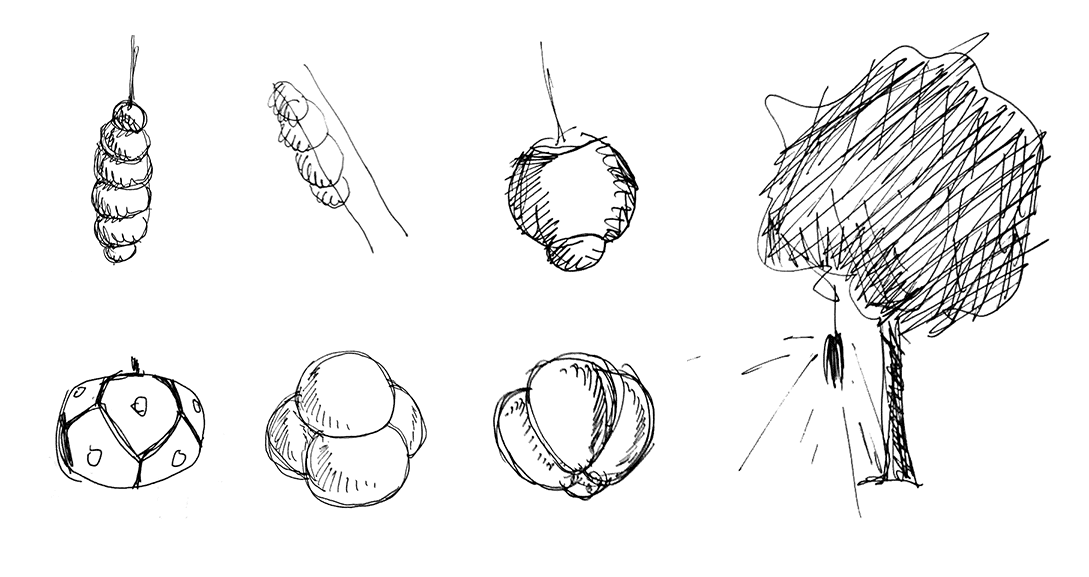
Some sketches of shape researches
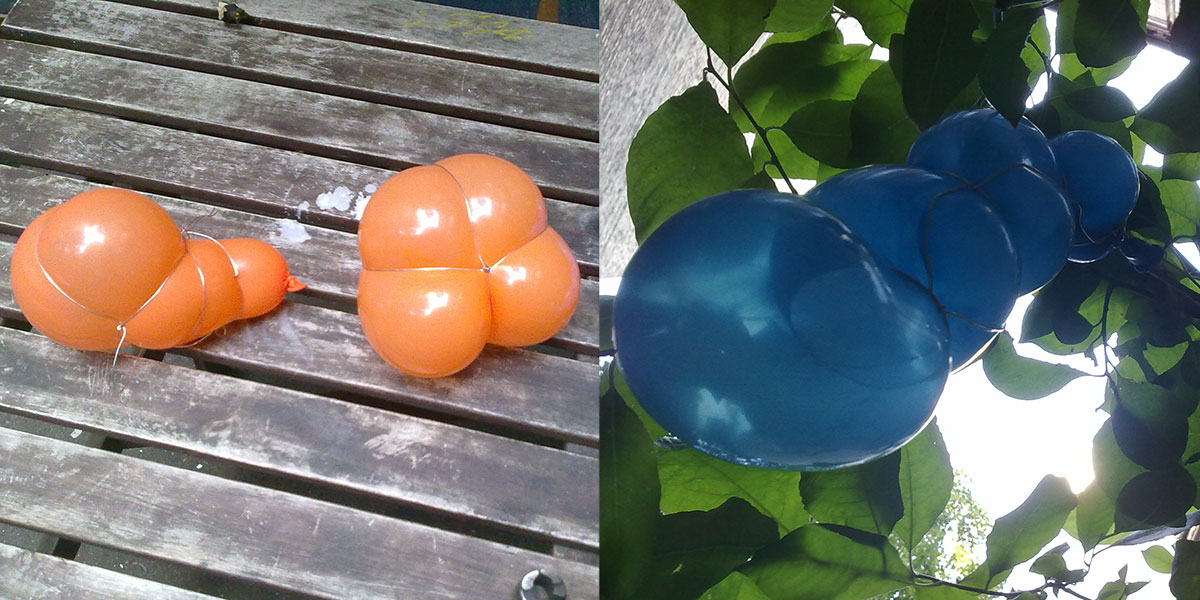
Prototypes made out of inflatable balloons constrained into metal wire structures.
Lanterns created with this technique had the advantage to be big enough to host the LED blocks, heat-resistant if build with the right material, and aesthetically coherent with the idea of the installation. That was the chosen option to produce a couple of dozen of light-shades.
